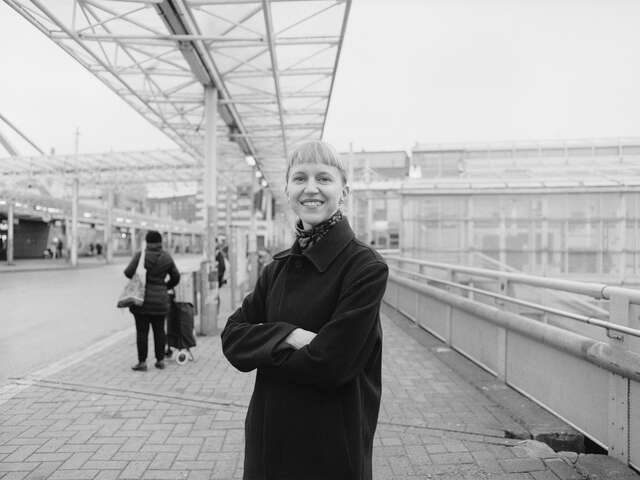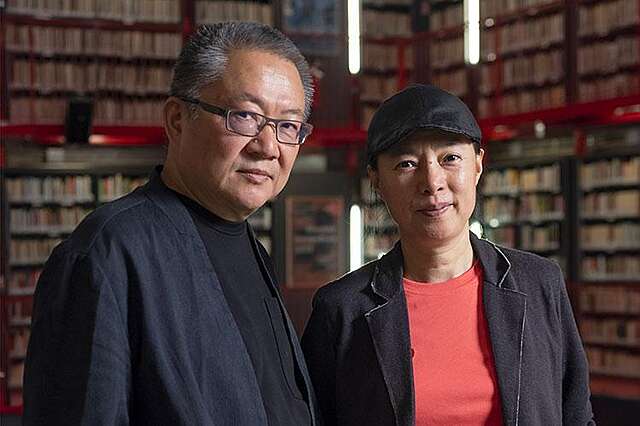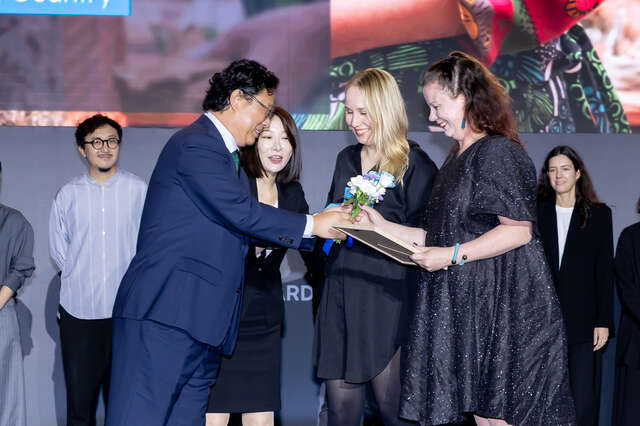Finlandia Prize for Architecture nominees united by insightful and distinctive design
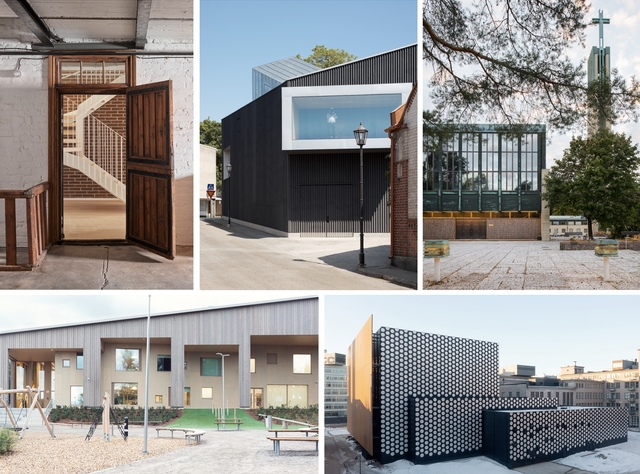
Tuomas Uusheimo, Niclas Mäkelä, Hannu Rytky
Five buildings have been shortlisted for the 2023 Finlandia Prize for Architecture: Punavuori Stables, the refurbishment of Lauttasaari Church and the Dance House in Helsinki, Chappe Art Museum in Tammisaari, and Martta Wendelin Day Care Centre in Tuusula. This year marks the tenth anniversary of the prize awarded by the Finnish Association of Architects. The winner will be announced on 2 October.
The recipient of the Finlandia Prize for Architecture is chosen each year by an influential public figure who is a recognised expert in an area other than architecture.
This year, the winner will be selected by Anna Herlin, a fifth-generation member of the family that runs elevator and escalator manufacturer KONE Corporation and Head Of Development at Tiina and Antti Herlin Foundation. Herlin focuses her work on enabling a greener future.
The projects highlight the art of renovation and the role of architecture in promoting well-being
The nominees are selected by a jury, appointed yearly by the Finnish Association of Architects. This year, the pre-selection jury was chaired by Professor Rainer Mahlamäki.
"The jury chose five sites that combine subtle and insightful design with successful construction execution. Of the nominees for this year's awards, a significant number represent supplementary or renovative construction. The selected projects show that buildings that have reached the age of repair can be restored to their original splendour through skilful design and transformed into new uses that enhance people's daily lives and celebrations. The new construction projects also reflect the diversification and technological development of timber architecture," said Mahlamäki.
The pre-selection jury for 2023 comprised, in addition to Professor Mahlamäki, architect Sarlotta Narjus, architect Harri Hautajärvi and Professor Jenni Reuter. The secretariat was provided by Paula Huotelin, former Secretary General of the Finnish Association of Architects.
Visit the Finlandia Prize for Architecture nominees via the Finnish Architecture Navigator.
Historical layers play a leading role in the Punavuori Stables
Stood in the middle of one of Helsinki’s distinctive enclosed blocks is Ajurien talli, a former stable block newly converted into 18 brand-new apartments while retaining as much as possible of the building’s equine heritage. The spaces are laden with distinctive character and alive with layers of history. All of the apartments are built across two floors, which has allowed the designers to retain an existing mezzanine floor. The central space also features reclaimed and refurbished doors, windows, bannisters, stairs and storage. Punavuori Stables is a first-rate example of how, with careful design and execution, new uses can be found for old buildings with protected status without jeopardising their original character.
Architectural design by Avarrus Architects: Pauli Siponen (principal designer), Noona Lappalainen (project architect), Atte Aaltonen and Robert Hanson.
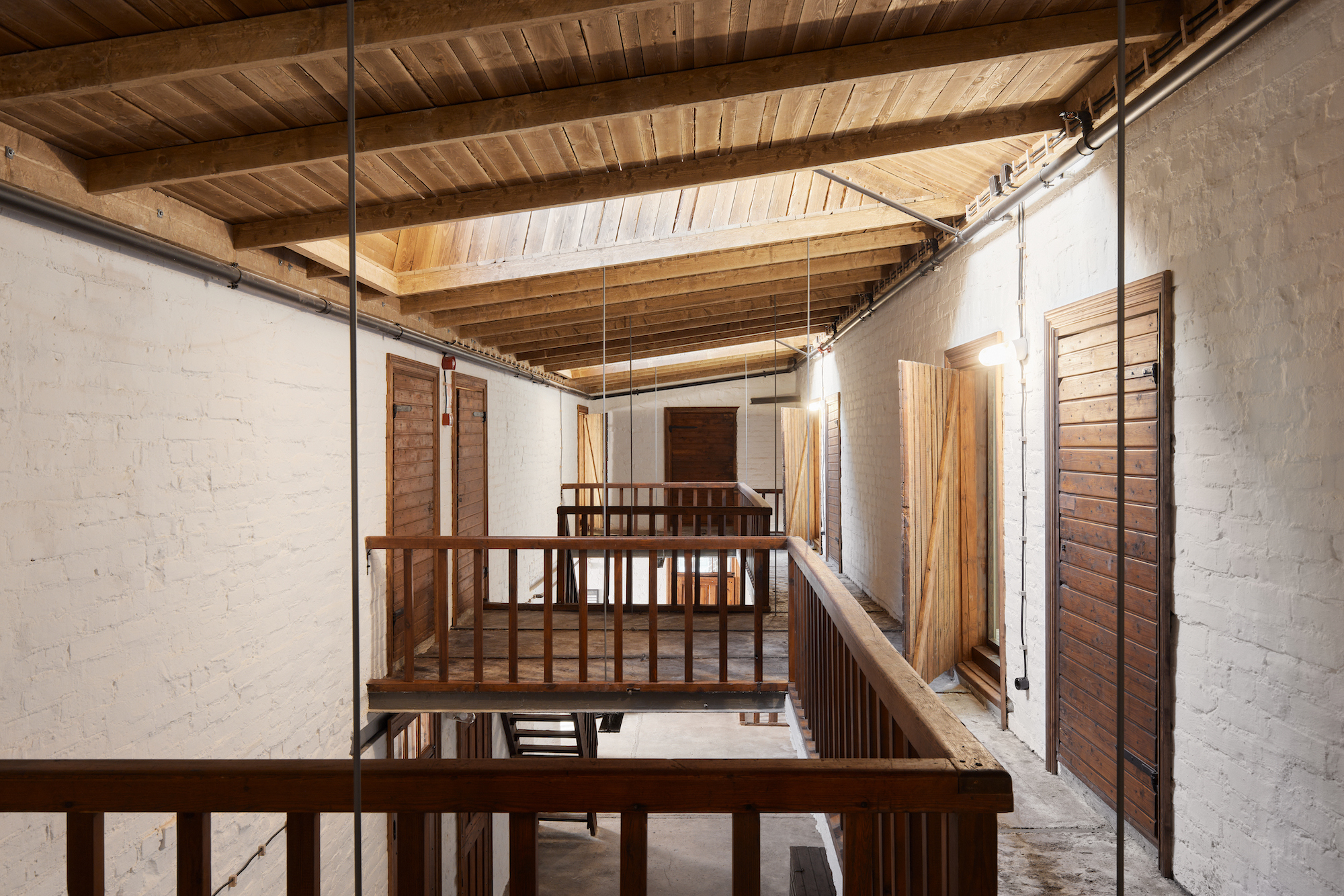
Chappe Art Museum settles gently into the wooden town of Tammisaari
Chappe Art Museum, completed in spring 2023, is both a boldly modernist building and a well-judged and respectfully conceived addition to the historic, multilayered and modestly proportioned structures that make up Tammisaari’s existing building stock. The facades are executed in bias cut spruce cladding finished with a grey paint, the angular shapes providing texture and patterning to the building. Wood is an element that is very much seen and felt throughout the interiors too and lends a sense of calm and acoustic harmony to the space. Chappe is a significant addition to Tammisaari’s cultural offering and appeal and will delight visitors and residents alike.
Architectural design by JKMM Architects: Asmo Jaaksi (principal designer) and Gerrie Bekhuis (project architect).
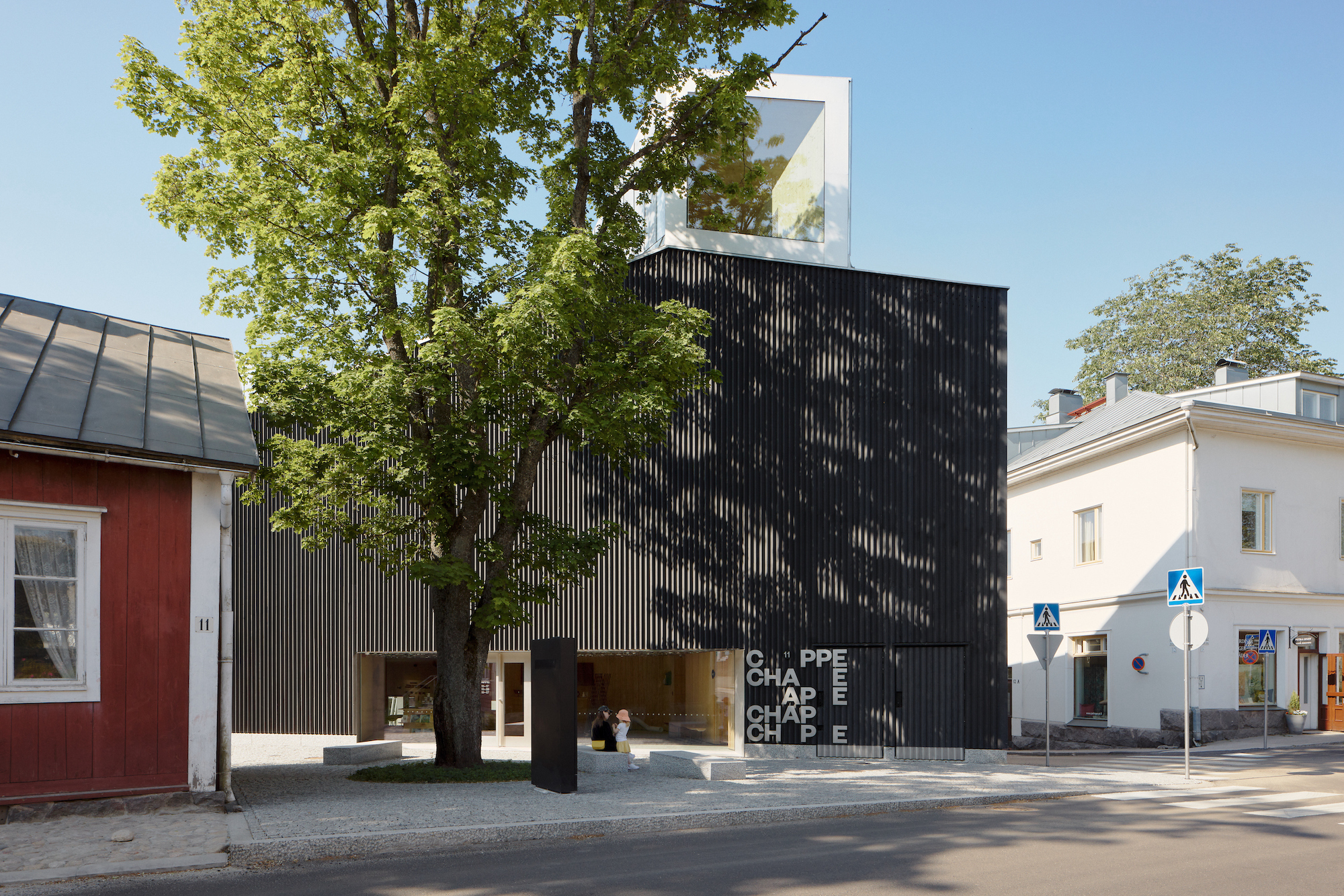
Lauttasaari church refurbishment improved both architecture and functionality in an exemplary way
Designed by Keijo Petäjä in the 1950s Rationalist style, Lauttasaari Church is an excellent example of an architectural tradition where the most imposing building in a village or city is located on a central and elevated site to maximise its visual impact. This project is characterised by the scale and challenge of the work involved as well as the commitment it represents to considering the needs of the building’s users and delivering a space that truly serves its intended purpose. The building has been refurbished with subtlety, meticulousness and consummate professional skill. Lauttasaari Church, which enjoys protected status under Finnish heritage law, is now even better placed to serve its local community.
Architectural design by Verstas Architects: Riina Palva (lead designer), Anna Puisto (principal designer), Irma Verhe (project architect) and Tuula Mäkiniemi (project architect).
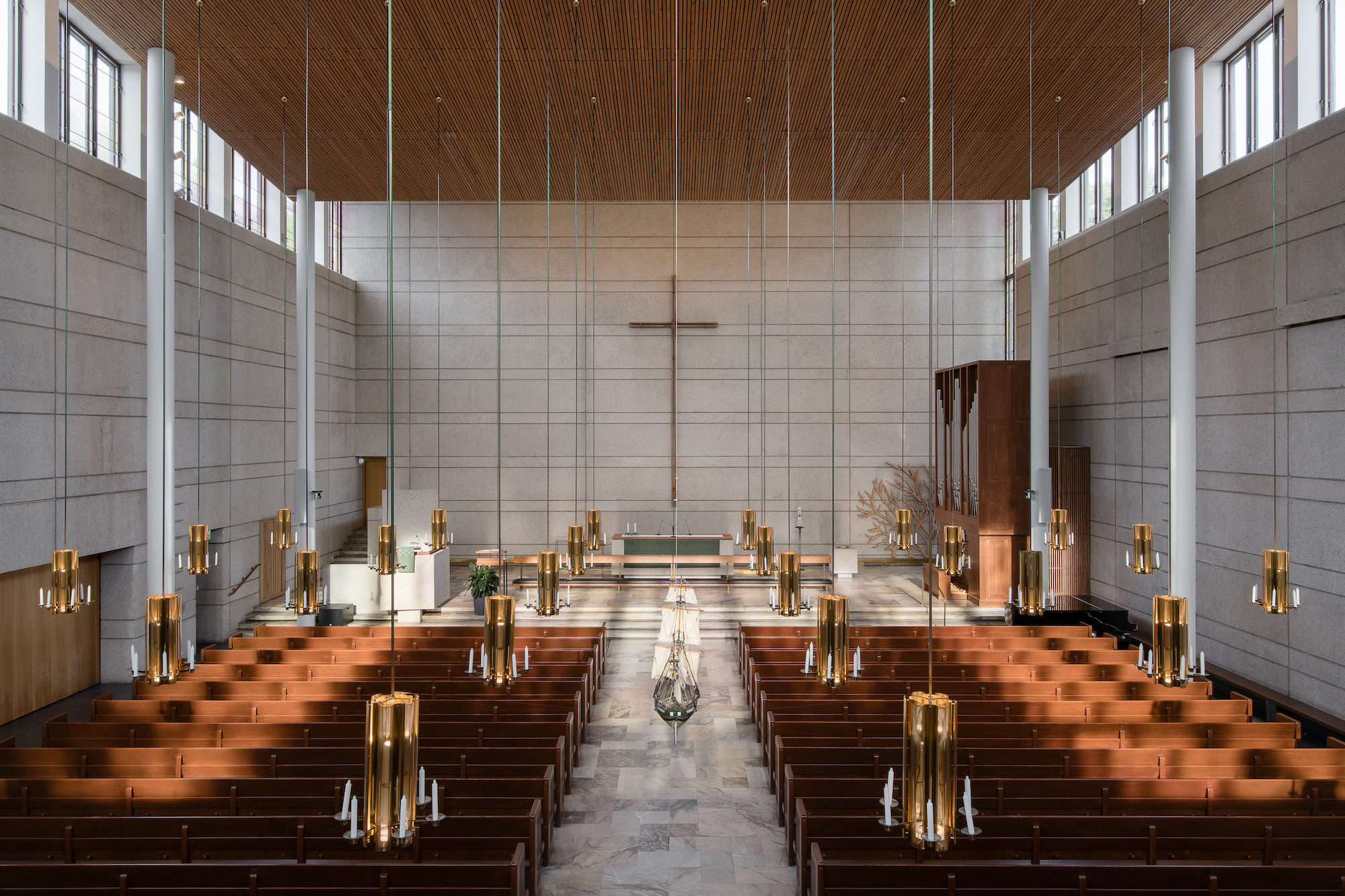
Martta Wendelin Day Care Centre is an excellent example of the progress towards a more carbon-neutral environment
Completed in 2022, Martta Wendelin Day Care Centre is a wooden building designed to provide facilities for around 200 children. The interiors are oriented to the south to make the most of the wooded setting and abundance of natural light. A handsome canopy structure creates a setting for outdoor play. The spatial arrangements are carefully thought through and reflect the importance of small group spaces in providing safe and nurturing environment for the young building users. Cross-laminated timber has been chosen for the external and internal walls as well as all intermediate walls and serves as a carbon sink for the building. The day-care centre is an excellent example of how the transition towards a more carbon neutral built environment can be achieved.
Architectural design by AFKS Architects: Jari Frondelius (lead designer), Jaakko Keppo, Juha Salmenperä, Tommi Kantanen (project architect) and Mikko Liski (project architect).
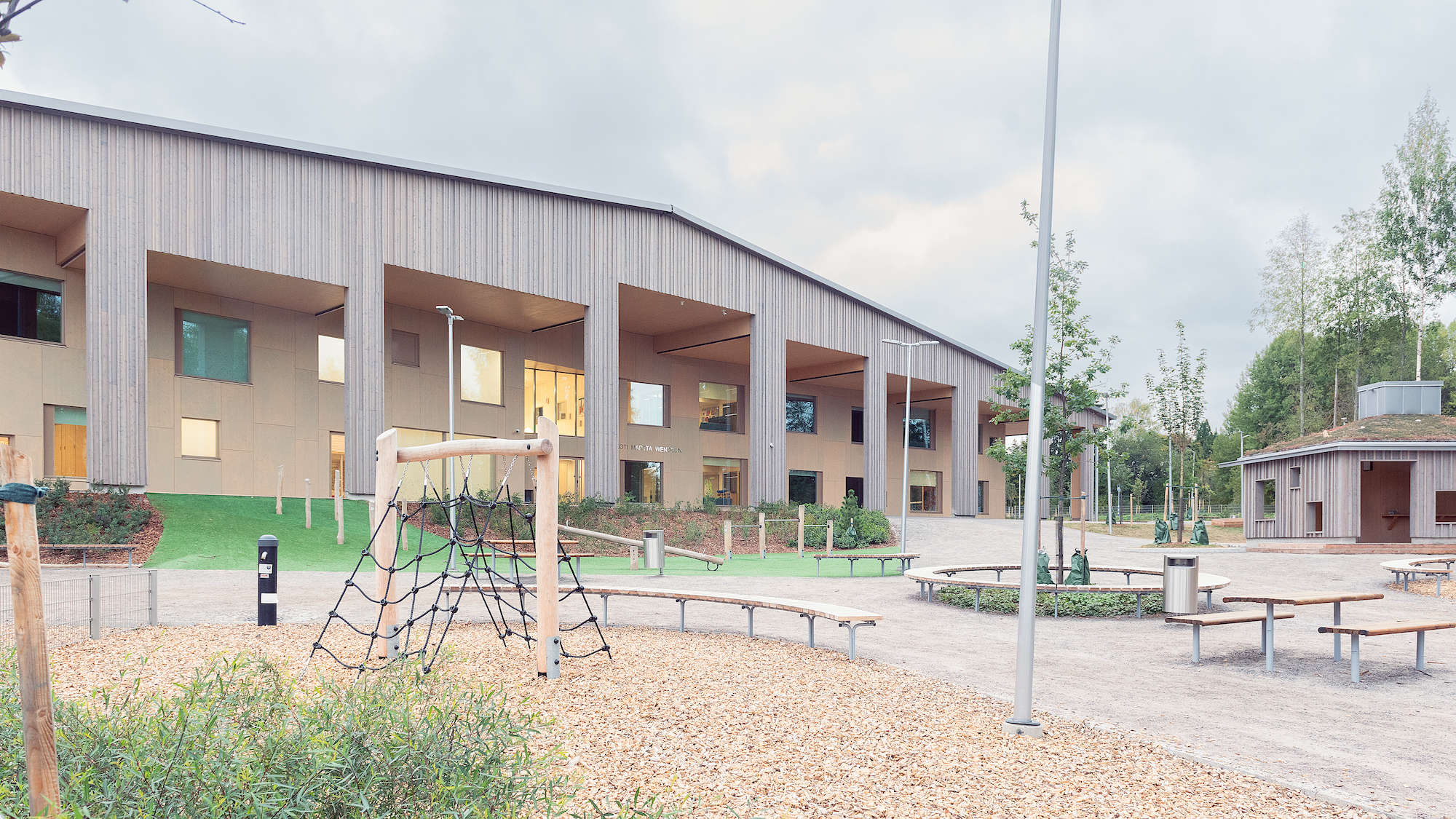
Dance House Helsinki offers outstanding spaces for dance art
Dance House Helsinki opened in February 2022. It is the first event and performance space dedicated to the dancing arts in Finland. Dance House Helsinki is located at the eastern end of the Cable Factory cultural centre with some of the facilities based within the former factory building. Externally, Dance House Helsinki certainly matches this industrial aesthetic, given its likeness with an enormous piece of machinery that has been added as an extension to the historic manufacturing facility. The Cable Factory’s vast and soaring Glass Courtyard serves as its entrance, foyer and social space. Dance House Helsinki offers an excellent setting for the dancing arts.
Collaborative venture by JKMM and ILO Architects: Teemu Kurkela, JKMM (lead designer); Pia Ilonen, ILO (lead designer); Harri Lindberg, JKMM (project architect); Kati Murtola, ILO (project architect).
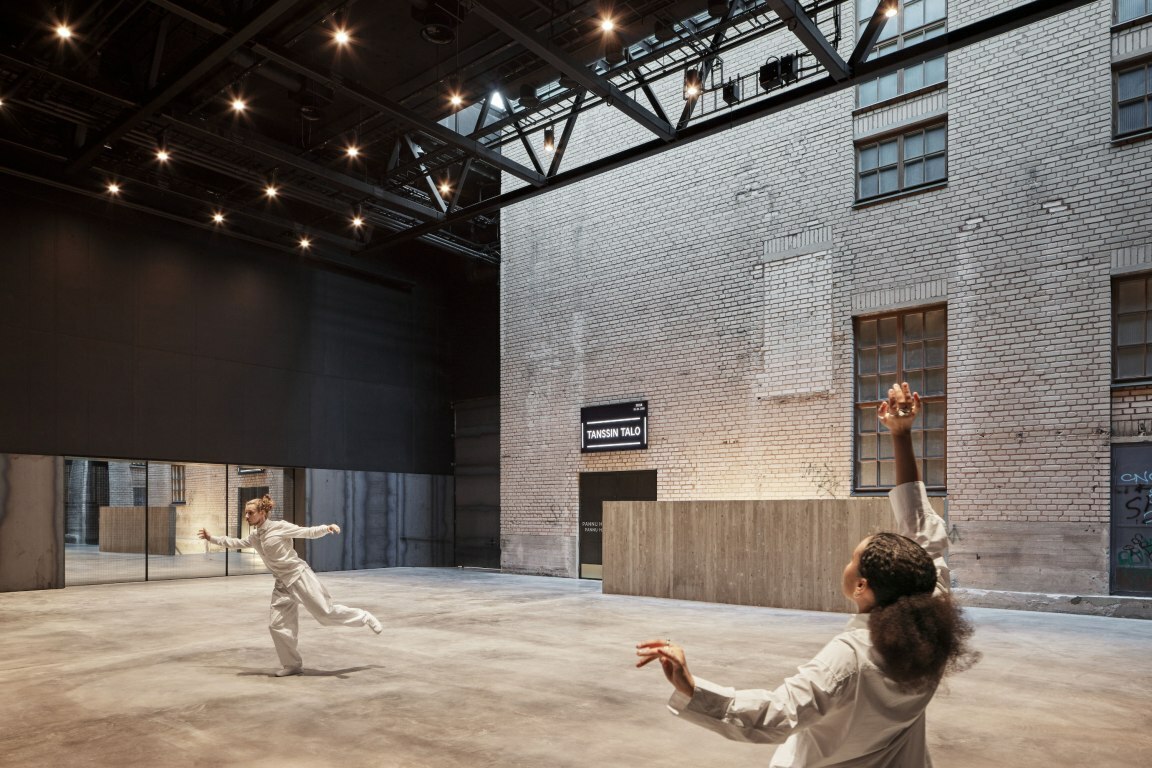
Ten years of the Finlandia Prize for Architecture
The Finlandia Prize for Architecture is awarded for the design or renovation design of an outstanding new building or building complex that has been completed within the past three years. The prize can be awarded either to a Finnish or foreign architect, or to an architectural firm for a project designed for a location in Finland; or to a Finnish architect or architectural firm for a project designed for a location abroad. The purpose of the prize is to promote the appreciation of high-quality architecture and to highlight the importance of architecture in generating cultural value and increasing well-being.
The Finlandia Prize for Architecture is awarded for the tenth time this year. The first prize was awarded in 2014 to the Museum of the History of Polish Jews in Warsaw, designed by Lahdelma & Mahlamäki Architects.
Read more about the Finlandia Prize for Architecture and this year's nominees through this link.
